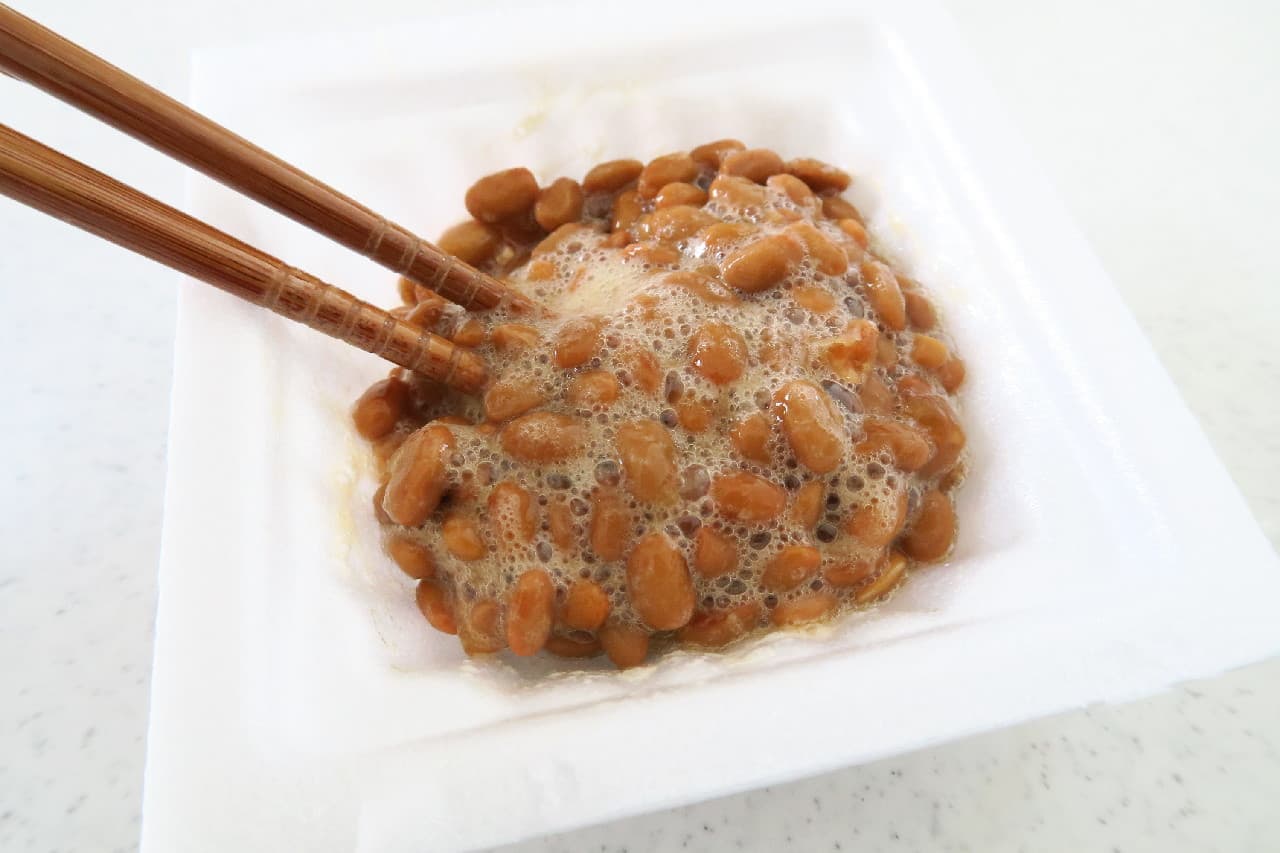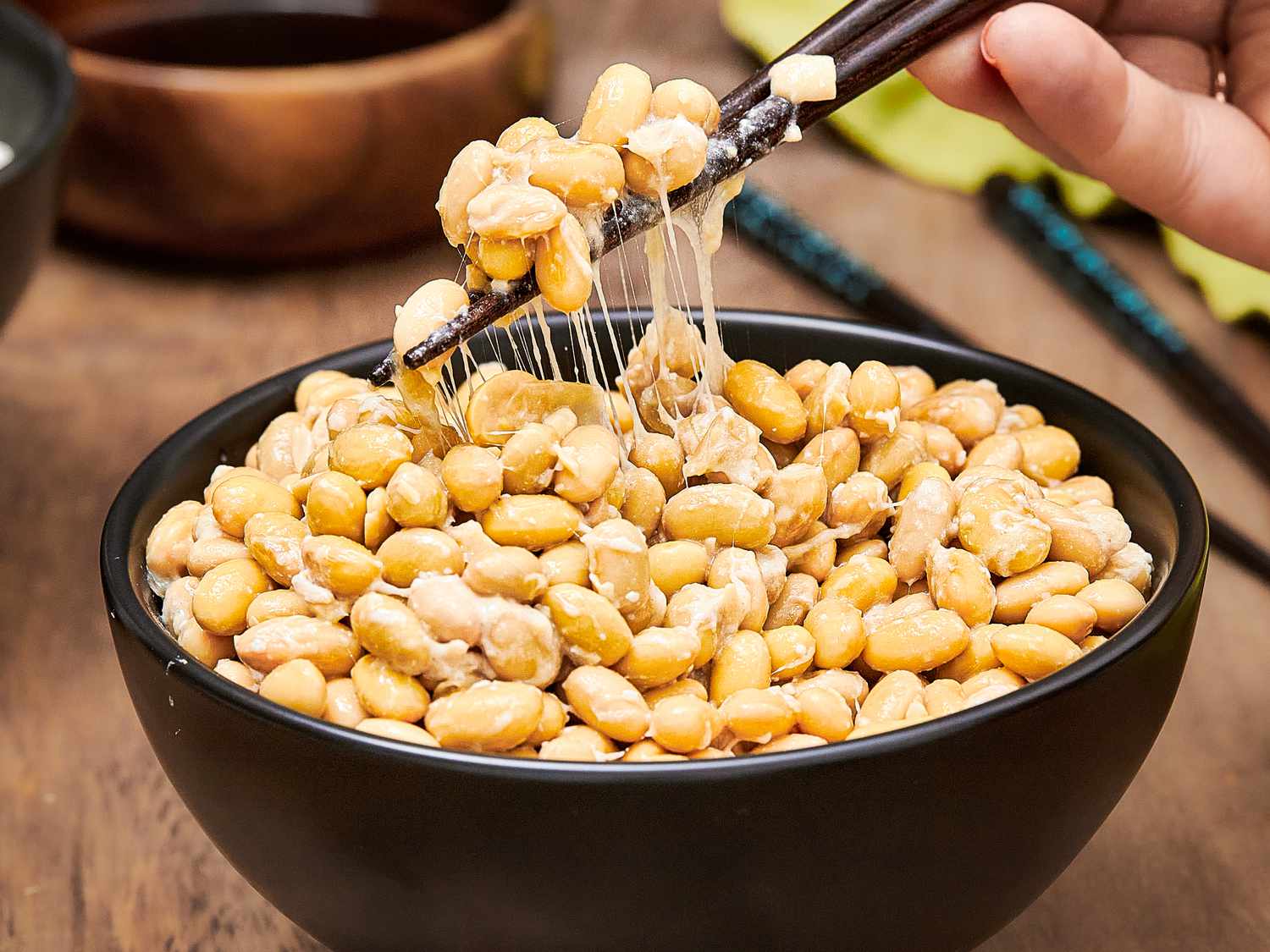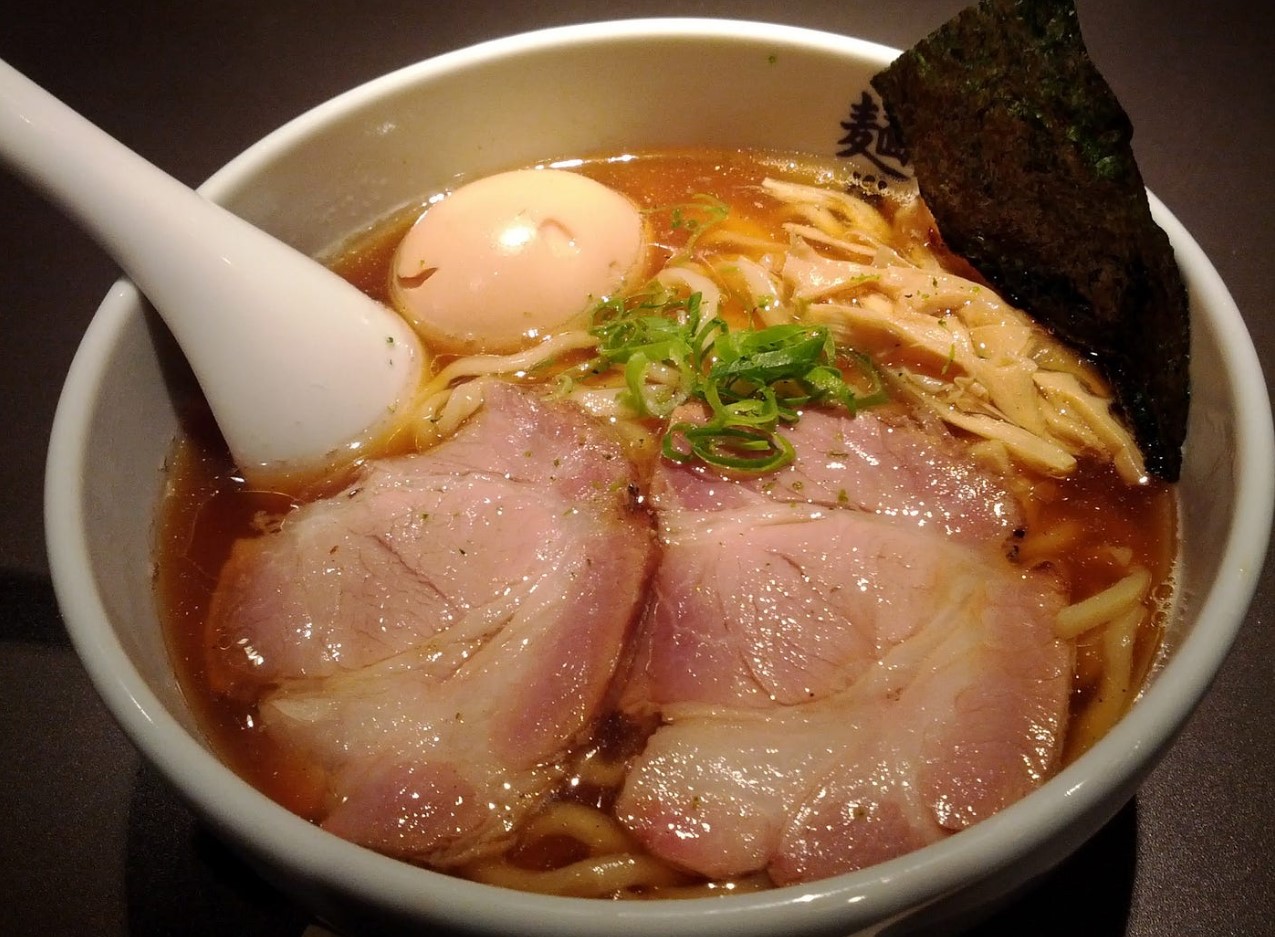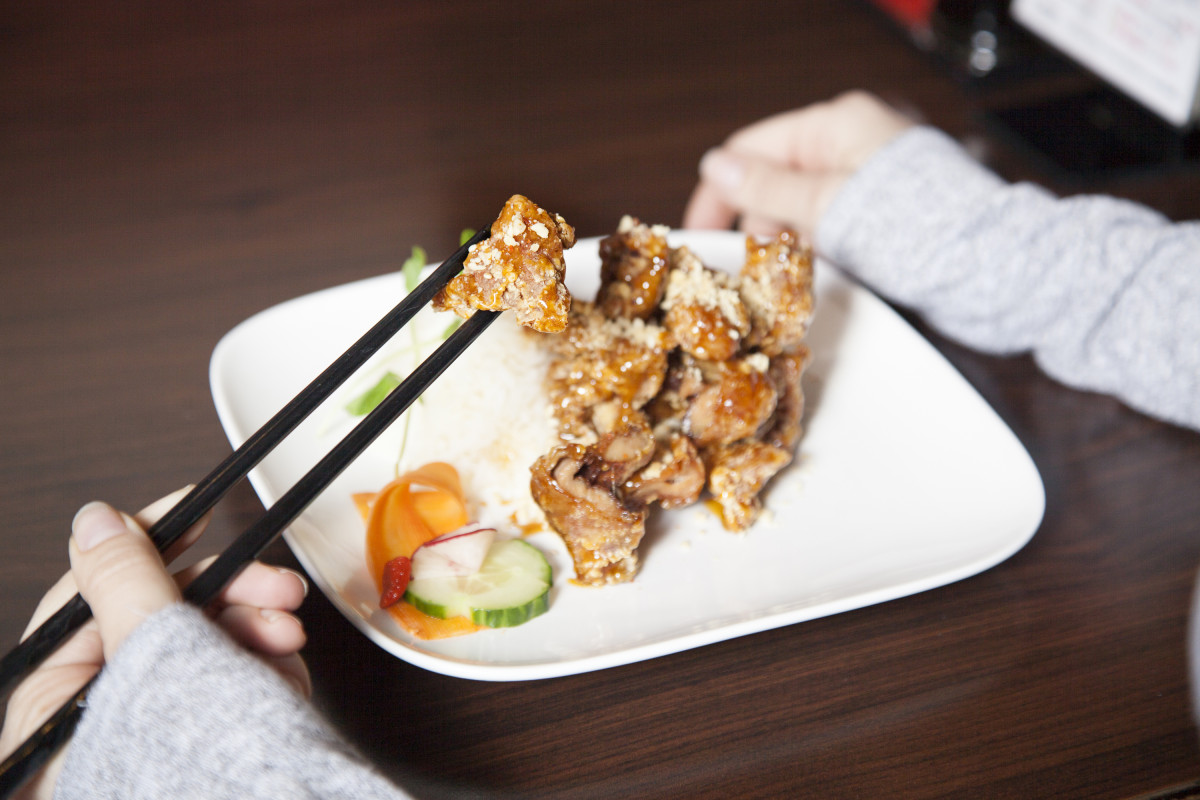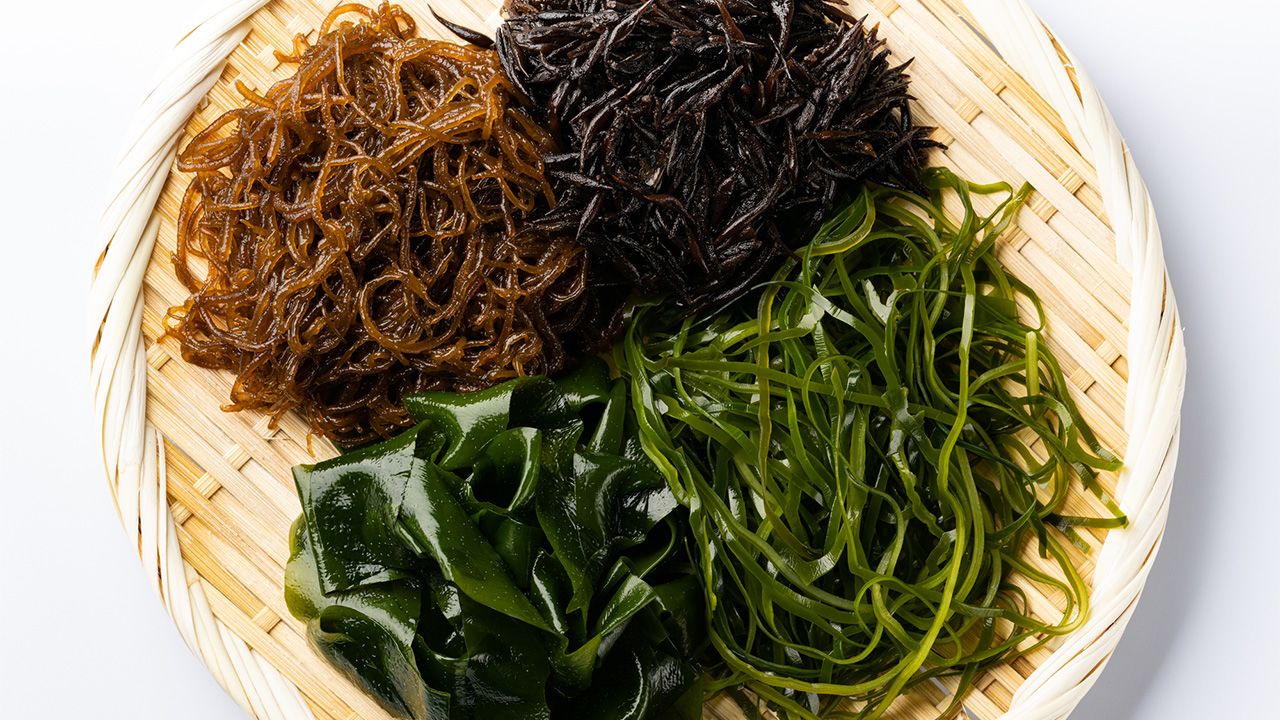What is Natto?
If you’re new to Japanese cuisine, you may not have heard of natto before. Natto is a traditional Japanese dish made from fermented soybeans. It has a unique flavor and texture that may not be familiar to everyone, but it’s a popular dish in Japan and is known for its health benefits.
Why Eat Natto?
Natto is a powerhouse of nutrients and is packed with protein, fiber, and probiotics. It’s also a good source of vitamins and minerals, including vitamin K2, which is important for bone health. The fermentation process also enhances the bioavailability of nutrients, making them easier for the body to absorb.
How to Eat Natto
For beginners, the strong flavor and sticky texture of natto can be a bit challenging. However, there are a few ways to make it more palatable:
- Mix it with rice: One of the most common ways to eat natto is to mix it with steamed rice. The rice helps to mellow out the strong flavor and stickiness of the natto.
- Add condiments: You can add condiments like soy sauce, mustard, or green onions to enhance the flavor of the natto and make it more enjoyable.
- Try it with raw egg: Mixing natto with a raw egg is a popular way to eat it in Japan. The creaminess of the egg can help to balance out the texture of the natto.
- Incorporate it into dishes: Natto can be added to soups, stir-fries, and salads to add a boost of flavor and nutrition to your meals.
Health Benefits of Natto
Aside from its unique taste, natto offers a range of health benefits:
- Heart health: Natto contains a compound called nattokinase, which has been shown to support heart health by promoting healthy blood flow.
- Bone health: The vitamin K2 in natto plays a crucial role in bone metabolism and may help reduce the risk of osteoporosis.
- Digestive health: The probiotics in natto can support a healthy gut microbiome, which is essential for overall digestive health.
- Nutrient absorption: The fermentation process of natto enhances the bioavailability of nutrients, making it easier for the body to absorb and utilize them.
Where to Find Natto
If you’re interested in trying natto, you can find it at most Asian grocery stores or specialty food markets. It’s typically sold in small containers and can be stored in the refrigerator. Some Japanese restaurants also serve natto as part of their menu, so you can give it a try before buying it to eat at home.
Final Thoughts
While natto may not be everyone’s cup of tea, it’s definitely worth a try for its unique flavor and impressive health benefits. With a little creativity and an open mind, you may find that natto becomes a new favorite addition to your culinary repertoire.
So, if you’re a beginner looking to explore the world of Japanese cuisine, don’t be afraid to give natto a chance. Who knows, it might just become your new go-to superfood!

